Wiki
Clone wikioccam-web / Installation / Windows
Installation on Windows
We do not support running a OCCAM node on Windows. If you want to create a development environment, please install a more reasonable one with Linux through a virtual machine.
VirtualBox
Conditions necessary to use Virtual Box: need a processor that can support a 64-bit guest (list can be found via this page)
We have tested these instructions with these versions of Virtual Box:
- 4.3
1 - Download VirtualBox
Download and install Oracle VirtualBox via this page
Download an Ubuntu image http://www.ubuntu.com/download/desktop. You do not need to pay any money.
2 - Create a VM Image
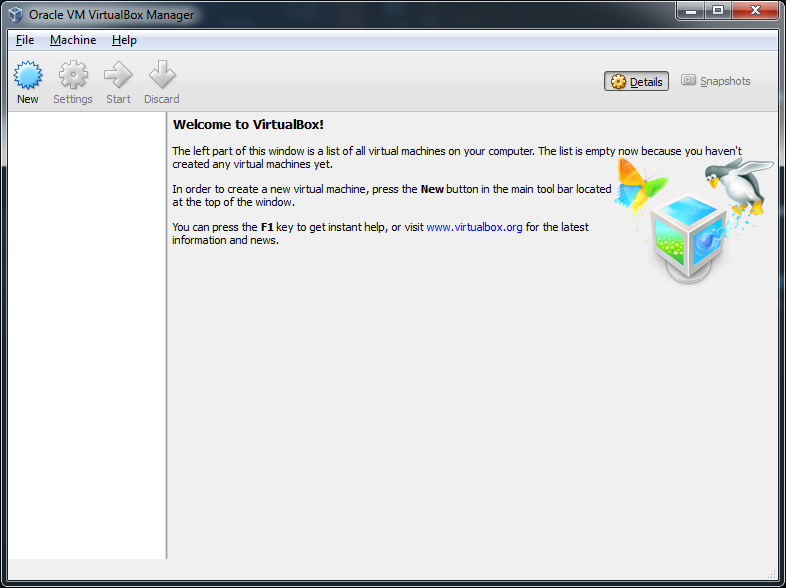
When you start VirtualBox you will see a big "New" button on the toolbar. Click that. Enter in "occam" for the name and select Linux and Ubuntu as the OS.

Use the defaults for everything, including using a "Virtual hard disk", "VDI" for the hard drive file type, and dynamically allocated storage. Use around "100GB" for the disk space, or more if you can.
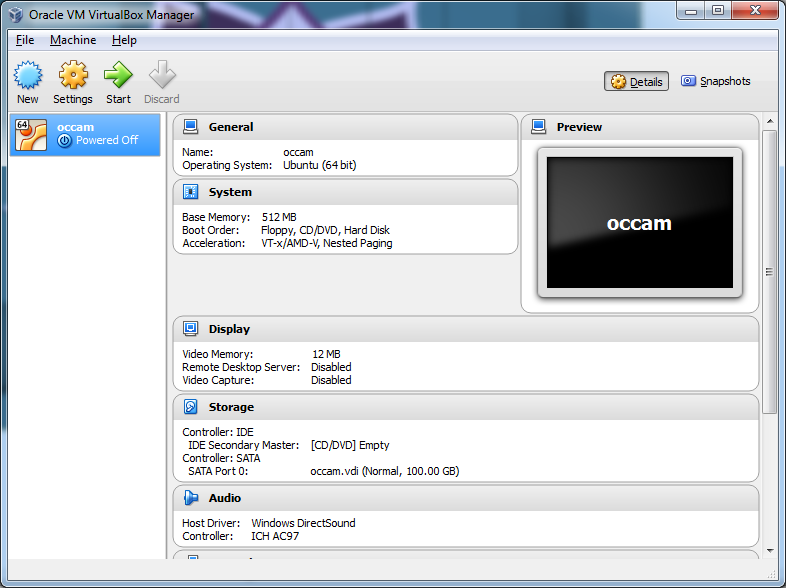
Right click on "Settings" button on the toolbar (right of the 'new' button, marked by a gear) and add the ubuntu dvd image to the VM. In the settings dialog, on the right-hand side, go to the "Storage" section.

Click on the "Empty" optical drive controller in the list under "IDE". You'll see a CD icon (highlighted in the image above) that is a dropdown menu. In the dropdown, select "Choose a virtual CD/DVD disk file..." and select your downloaded ubuntu iso image. My image is called ubuntu-14.04.1-desktop-amd64.iso but yours may be different. Click 'OK" to close the dialog once you have selected that file.
Turn on the machine. (Double click on "occam" on the left-hand side)
3 - Install Ubuntu
When the virtual computer starts, it will bring up the option to "Try" or "Install" Ubuntu.
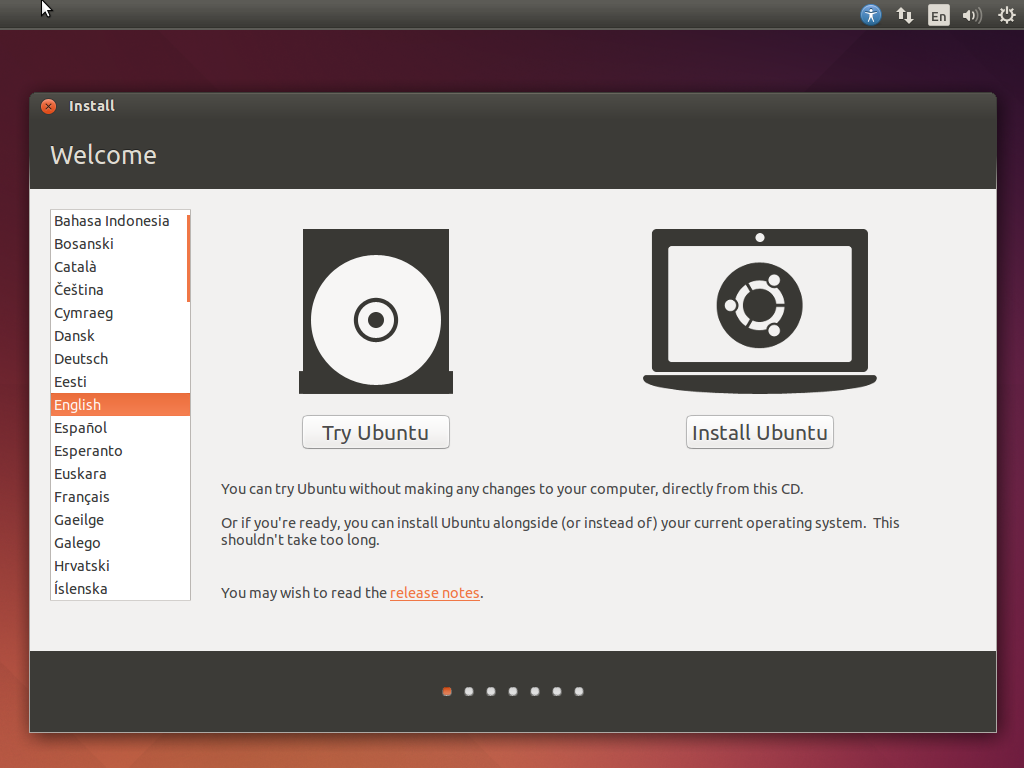
You can't mess anything up or destroy the world within a virtual machine, so just press "Install" and follow through with all of the default options.
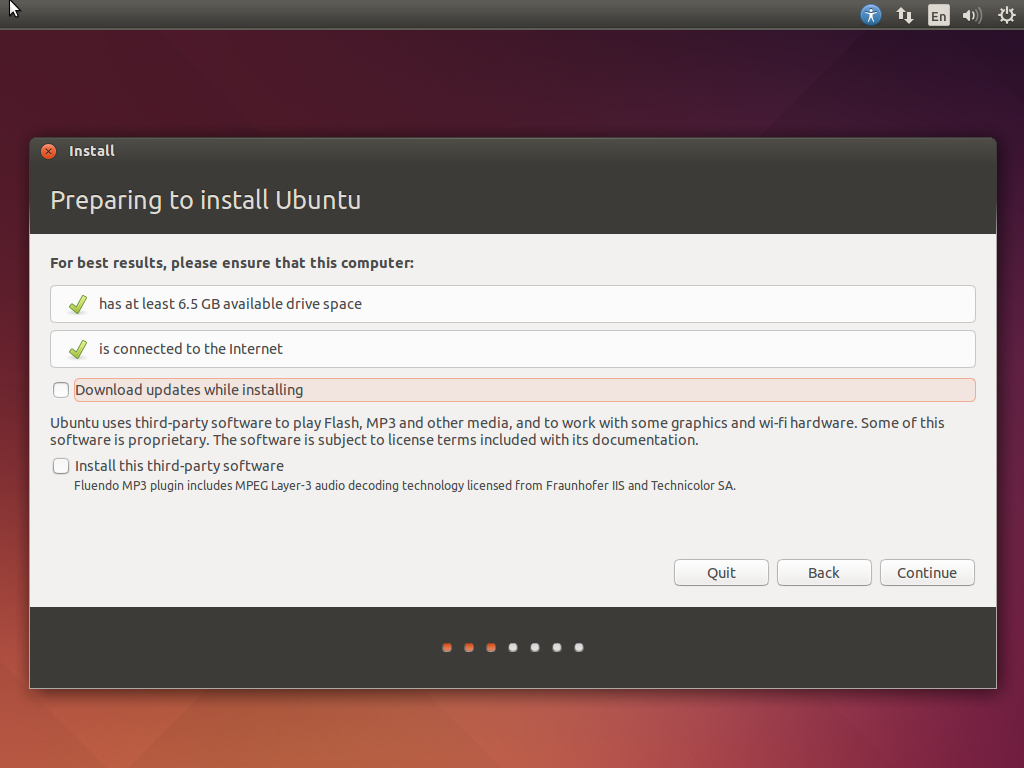
You don't need 'third party software' nor is it too important to have a lot of network traffic during install.

There is a scary warning there, but with a virtual machine and a virtual disk, your own machine will be untouched. We want to emulate having Linux control the entire machine, so keep with the default and ignore the warning.
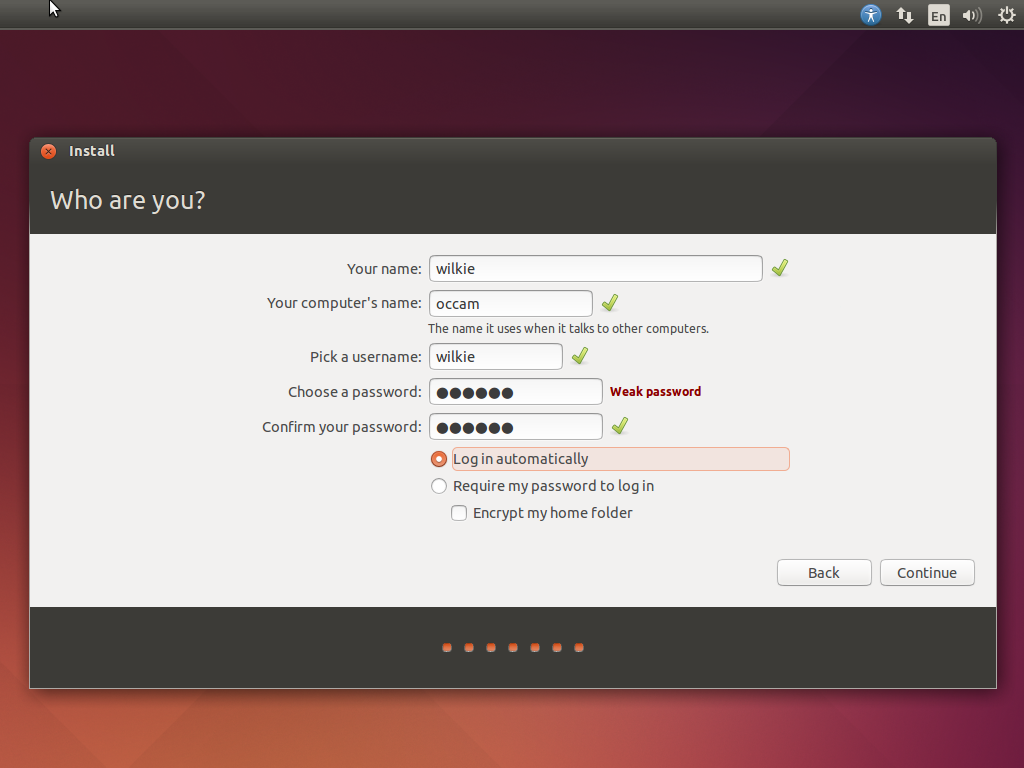
Enter something into all fields. I use a weak password because its not an important machine and it would be relatively easy to steal the VM image from my computer and determine my password. However, you can use whatever you want. I like to check "Log in automatically" for convenience.
Once you click "Continue" from here, there are a few more options that you can just use the default values for or whatever is appropriate for you.
It will eventually start the install process where you just wait. And wait. And wait.
Restart the "computer" when it tells you to do so. If you have to manually restart, go to the "Machine" menu item and click "Reset"
When it starts you'll have Ubuntu installed and running!
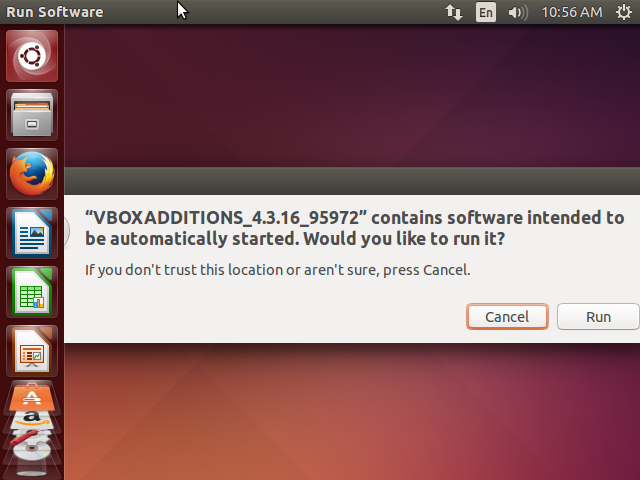
Now you will want to install the guest additions for VM so it's not a nightmare to use. Select the VirtualBox tab "Devices" and under that is the option "Insert Guest Additions CD Image..". Enter your user account password to proceed whenever it calls for it.
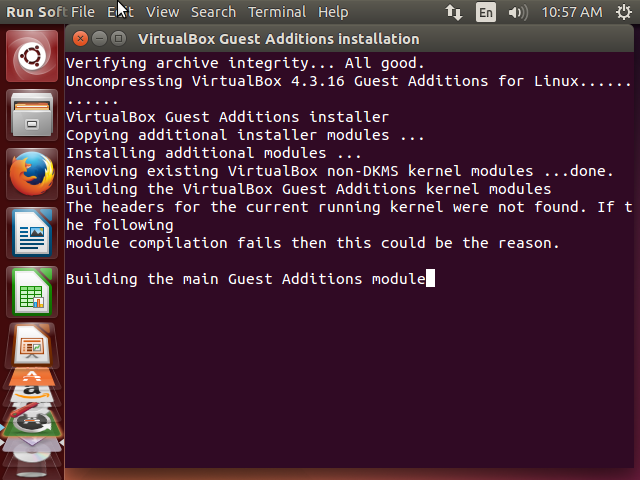
Restart the machine once more. It should start with a more respectable screen size.
4 - Install OCCAM
To open a terminal in Ubuntu, select the 'Ubuntu logo' on the launch bar to the left and type "terminal" like so:
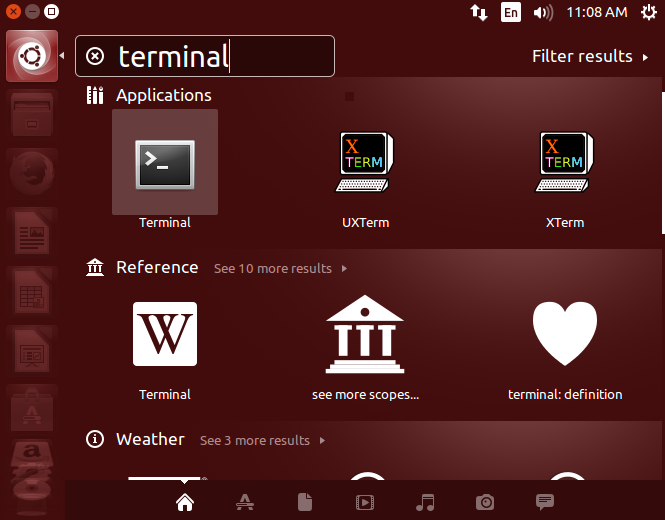
Click on the first icon there labeled aptly "Terminal."
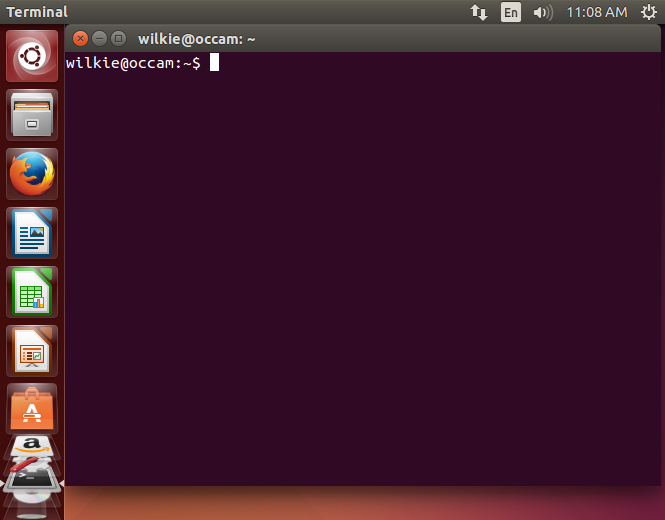
You are ready. For anything.
Now, refer to the Ubuntu Installation Instructions to install the actual OCCAM server code.
Updated